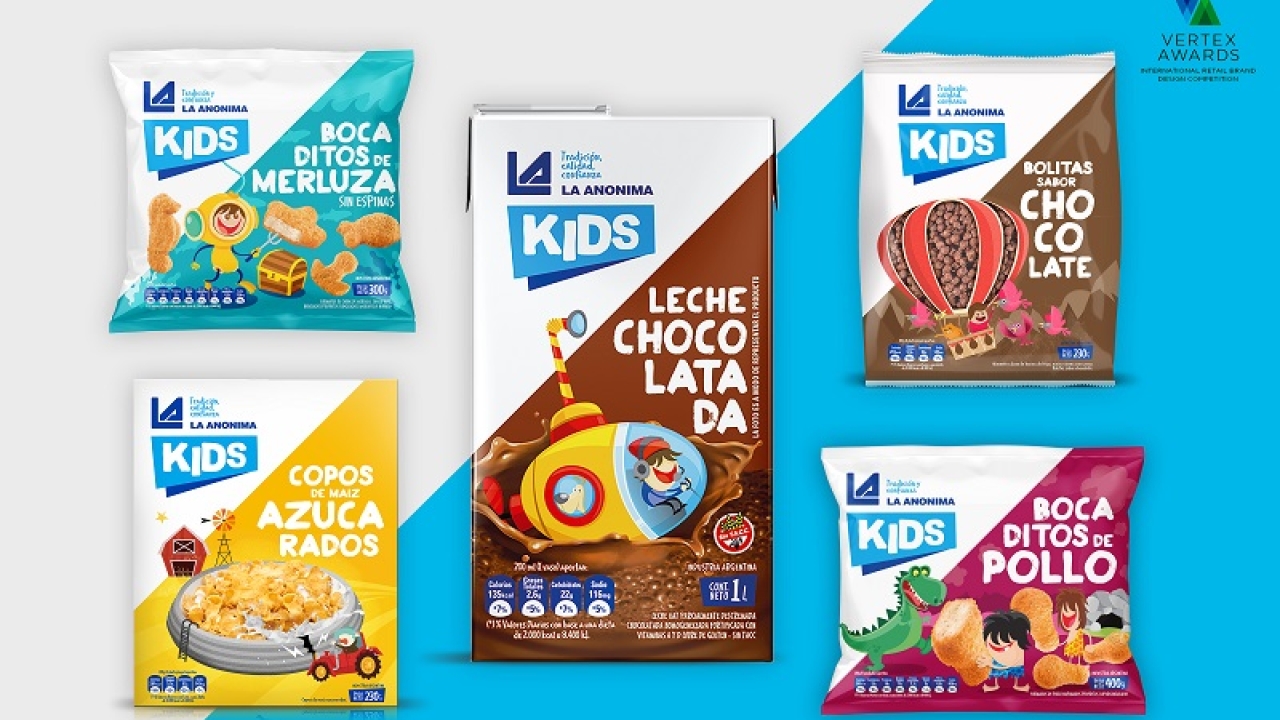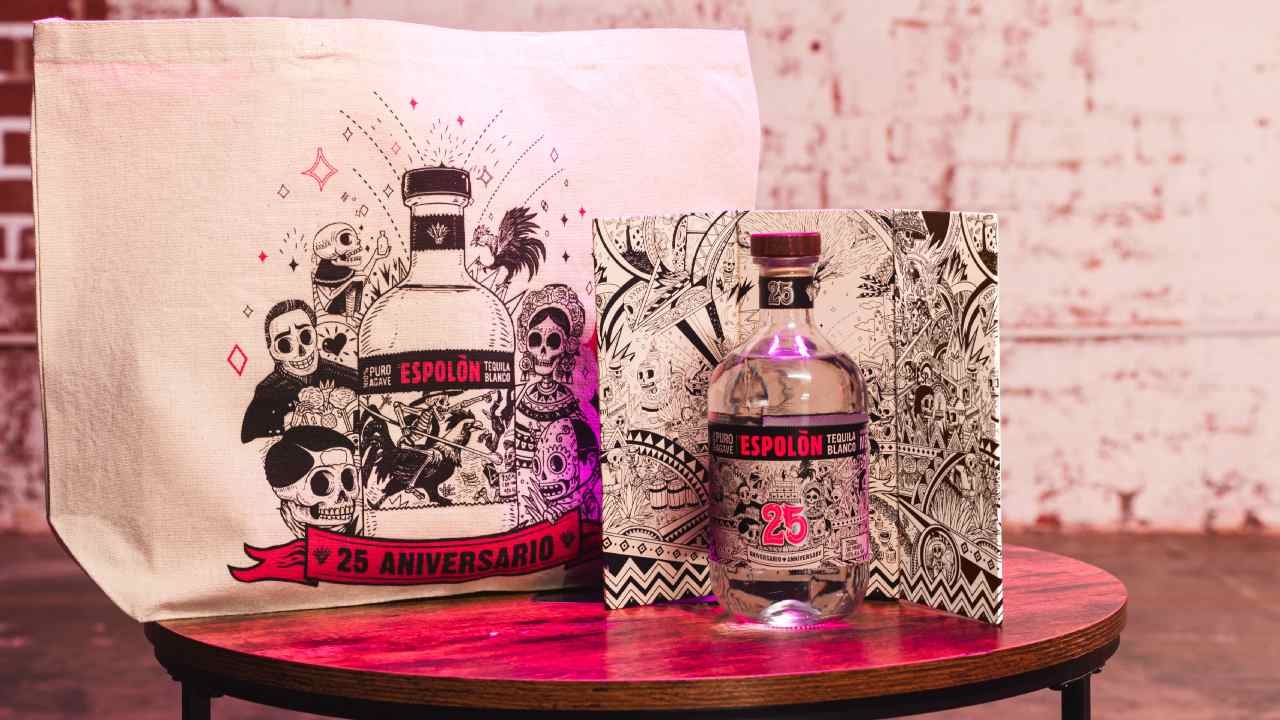Seven strategies for packaging design

‘You can call them what you like, the only important thing is the emotion which they generate in the consumer.’ At the end of a conference, one of the delegates incisively summarized his opinion about the different design strategies that had been presented.
We can spend many hours conceptually analyzing design, but we evaluate packaging in just a few seconds while we are shopping. If the design doesn’t grab us immediately, we simply choose the next product.
Each brand has to take ownership of tangible and intangible attributes which differentiate it from the competition. The tangibles are those which we can perceive with our senses.
Our first contact is visual, through the packaging’s shape, color and image. The second, if the consumer chooses to pick up the package, is touch. Then come others – when we open the package, consume the contents and through away the container.
The key is for each tangible element of the packaging to help construct the intangible universe of the brand – the things that can’t be seen or touched. Strategic packaging design opens up a world of possibilities for bringing meaning to the brands which form part of our daily lives.
If a brand has no meaning, it has no value
Many brands only ‘manage’ themselves through the communication of their packaging, as much through its structure and graphics as through verbal or non-verbal methods. Not because they don’t want to advertise, but because they don’t have the necessary resources.
Proportionally, there are many more brands who cannot commit big budgets to advertising in order to give a voice to their brand. But absolutely all of them need to create meaning through their packaging’s communication.
In order to achieve this, we apply different design strategies based on a brand story built according to the consumer’s profile. Because we can only be relevant when we mean something to people.
Packaging is the most efficient advert. There’s no Ad Blocker that can keep us from seeing it.
This makes it the best ally for companies that do not have an advertising budget, and also for those that do. To consume a product, we need to pick it up. This magical moment of connection with the brand must not pass unnoticed.
Today more than ever, packaging is the most effective way of creating a powerful meaning for the brand. Who wants to watch or listen to adverts? To avoid them, there are both paid-for and free options available. But no one can avoid contact with packaging.
Here are seven strategies that help to build value and meaning through packaging design.
1. Essential pack
Trapped in a changing and unpredictable world, consumers strive to gain control and focus, seeking to be able to relax again.
The saturation of information and stimuli in which we live today makes the brands that scream the least stand out. Understanding the need for simplicity, clarity and order, brands that adhere to the Essential pack strategy become facilitators, allies that allow us to refocus.
In order to regain control in the context of purchasing, we aim to highlight only the essential, the relevant, by reducing the superfluous in order to keep only what really matters. We seek to communicate in the clearest and most concrete way possible.
No distractions or overloaded decorative elements. That’s why many brands are simplifying and enhancing their message to reach the consumer directly, without communication noise.
2. Classic pack
‘The past is the future.’ Some consumers, and especially millennials, idealize the past.
They find in it an escape from today’s frantic lifestyle, an antidote to a world of continuous change. It allows the consumer to go back to a time with a slower pace of life, where attention to detail was paid and love and passion were poured into products.
Combining the classic with the contemporary is a way of representing feelings of nostalgia and recreating a return to the past with a contemporary look. You have to look retro, but not old-fashioned.
Used not only to communicate the trajectory of a company, new brands without tradition use this design strategy to identify with a part of the past. This is how a large number of emerging brands adopt this strategy to dress themselves up as classics.
3. Fun pack
Shopping is often a monotonous and unentertaining task. If packaging can produce a smile, it has already achieved much more than expected. Connecting with humor is a shortcut to consumer emotion. Funny images and phrases in the packaging are a way of giving a moment of happiness in the daily routine, appealing to the unexpected or surprising.
This strategy is commonly found in products aimed at children, but it is also used to reach all categories and ages.
4. Craft pack
As a counterpoint to today’s world of industrialization and mass-market products, there is a new trend towards ‘honest’ products, made with artisanal methods.
One way of applying this design strategy is to leave the material bare using desaturated colors or an aesthetic which seeks to highlight the manufacturing. It conveys care and commitment.
It aims to demonstrate that it is not a product made by machines, rather by people, for people. This humanity not only denotes quality, but also authenticity.
5. Place pack
When a product has a geographic place of origin which is relevant to the consumer, packaging is the best way to communicate it.
This strategy is often employed on exported products such as wine, coffee and chocolate.
But it’s not about using a boring picture of a landscape or other such clichés which don’t add value.
We must surprise the consumer with innovative elements which show the provenance in an unexpected and attractive way, expressing pride in the place.
6. Wellness pack
Wellness is understood as the balance between physical and mental care, which gives us a feeling of satisfaction and tranquillity.
Packaging design, through colors, images, shapes and materials, constructs the identikit of our healthy choices.
To represent this concept graphically, the color white is the star – it communicates purity and acts as a visual oasis.
Matte finishes are commonly used in these designs as a counterpoint to the excess represented by the varnish. This strategy is used for healthy foods and drinks.
7. Deco pack
Decoration of the home is a characteristic which attracts us all. When we talk about decorative packaging, we refer to those products which don’t want to hide inside a cupboard. Designs which look to complement our life-style.
They are designs which appeal to the senses, transforming themselves into sensory symphonies. Packages which become decorative elements through geometric patterns and a vivid use of color.
If these are some of the strategies which can be found in the market, they are not the only ones. Nor is it to say that a design which fits into one of the strategies cannot also contain elements of the others.
Branding is about identifying, and then communicating, that which makes us unique, relevant and different. A brand is successful when it tells stories which the consumers want to hear.
Because nowadays, to be one more is to be one less.
Now is the time to take advantage of the power of packaging design to communicate stories which touch the hearts and minds of consumers. Just as that delegate said: ‘The only important thing is the emotion that we generate in the consumer.’
Stay up to date
Subscribe to the free Label News newsletter and receive the latest content every week. We'll never share your email address.

